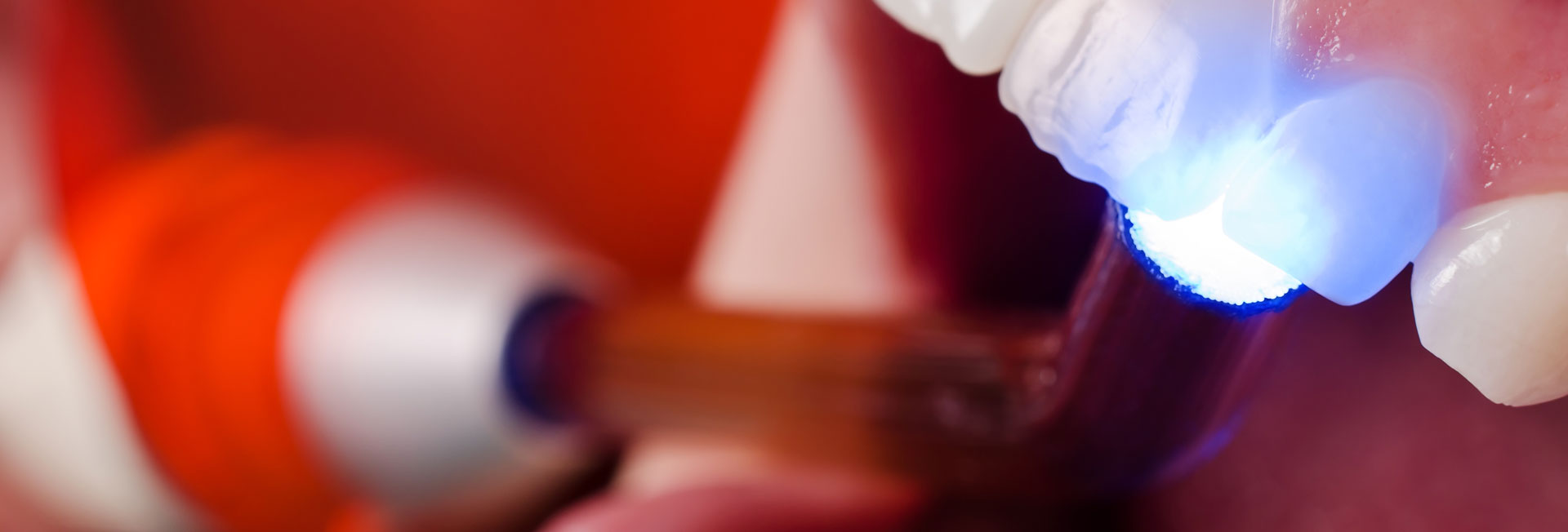“Do I have to get my wisdom teeth removed?” Well, it all depends. Each dentist has their own own opinion on the matter, but it also depends on your situation as well. If they’re not causing any harm and people don’t want to shell out the money to get them removed, there’s no harm in letting them stay in. But others like to get them removed before they cause any problems. Before you make a decision on your own, let’s take a closer look at wisdom teeth as a whole.
What are Wisdom Teeth?
Wisdom teeth are the third and final set of molars that humans get at the very back of their mouth. They usually make an appearance after the rest of your adult teeth have already come in, around the 18-20 years old range. Some people, however, never develop wisdom teeth, and therefore do not have to debate what to do with them. Impacted wisdom teeth that need to be removed will start showing up and causing pain that feels similar to a very intense toothache around the same timeframe. Wisdom teeth that have not broken through the surface of the gum can be seen through an x-ray, so your dentist will be able to tell you their condition.
Why do we have Wisdom Teeth?
It’s widely acknowledged that wisdom teeth once served a purpose to our ancestors who needed the extra set in order to break down food materials. Having no access to modern machinery that cooks our food and makes it easier to eat, they needed the extra teeth in order to be able to survive. However, much like the appendix, they have no further use for humans during modern times, and therefore are not needed.
What is the Extraction Process?
For those that choose to have their wisdom teeth removed, or for those who absolutely need it done to save their other teeth, the extraction process is quite simple and will take only a couple hours out of your day to do, depending on the number of wisdom teeth being extracted. A dental surgeon will perform the task right in their office and you’ll be able to go home the very same day. Just be sure to bring someone with you as your mouth may be in pain once the numbing wears off, affecting your ability to drive. Patients who opt for getting a sedative during the procedure, MUST bring someone with them as it is unsafe to leave alone after just waking up.
What is the Healing time?
Again, it all depends on the number of wisdom teeth being extracted, but generally, you can expect full healing to happen between a couple weeks to a full month. The first week is especially important in the healing process, so please take care and only eat foods that are soft and don’t require a lot of chewing. Avoid using straws of any material as well as the suction caused by drinking through them has the potential to tear the stitches and cause bleeding. A complete list of the do’s and don’ts will be provided to you from the dental surgeon once the procedure has been completed.
Any further questions about wisdom teeth can be directed at your dentist at your next visit. If you feel like your wisdom teeth are causing you pain, or you’d like to inquire about the extraction process, please contact us today to schedule a consultation.


